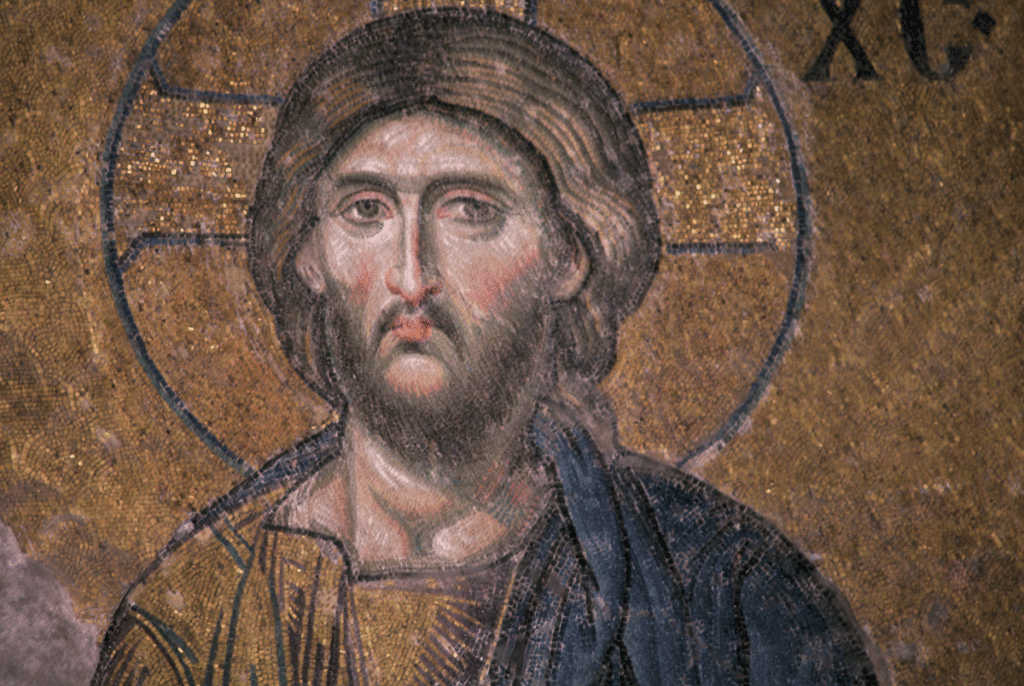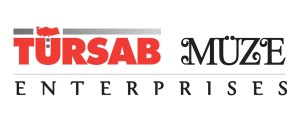• The largest church of all churches built in Istanbul by the Eastern Roman Empire, the Hagia Sophia was re-built three times following various disasters. The coronation ceremonies of Byzantine Emperors were held in this basilica.
• The first two buildings were destroyed as a consequence of religious and political unrest. The stairs at the ceremonial main gate and the column supports are the only remaining elements from the second church.
• The current structure is the third church designed by two eminent architects of their time, Isodoros from Miletos (Milet) and Anthemios from Tralles (Aydın) who were commissioned by Emperor Justinianus. The construction was completed in the relatively short period of 5 years and the basilica inaugurated with much ceremonial pomp on 27 December 537. The domes added to the otherwise traditional basilica architecture constituted a genuine architectural revolution.
• The total surface area of the various domes and cupolas is amounting to19 thousand square metres.
• In addition to various types of marble originating from Anatolia as well as Northern Africa, columns of the Temple of Artemis (Artemission) were brought from Ephesus and used in the construction of the third church.
• The great Ottoman architect Mimar Sinan is considered as one of the world’s first earthquake engineers for having extensively strengthened the Hagia Sophia, showing signs of fatigue, through the construction of lateral support buttresses (structural side supports), during the reign of Sultan Selim II (1566-1577).
• Some restoration work was carried out under the supervision of the Swiss-Italian Gaspare and Guiseppe Fossati brothers during the reign of Sultan Abdülmecid. A Sultan’s gallery (imperial box) framed with gilded balustrades was set up on the left side of the mihrab (altar). 8 gigantic circular-framed disks or medallions with a diameter of 7.5 meters each, adorned with calligraphic inscriptions by calligrapher Kazasker Mustafa İzzet Efendi and considered masterpiece samples of the Islamic art of calligraphy were hung on the columns of the main hall. The 35th Verse of the Sura an-Nur (Sura of the Heavenly Light) was inscribed on the centre of the main dome.
• The building was finally transformed into a museum in 1935 upon instruc tions of Mustafa Kemal Atatürk, by a decree of the Council of Ministers. The Ayasofya Museum was inaugurated on 1st February 1935, visited since then by millions of domestic and foreign guests.
This article has originally appeared in “Müze” Magazine, published quarterly with the contributions of the Ministry of Culture and Tourism. We would like to thank TÜRSAB Museum Enterprises for sharing this piece with Istanbul Digital Platform followers.




















